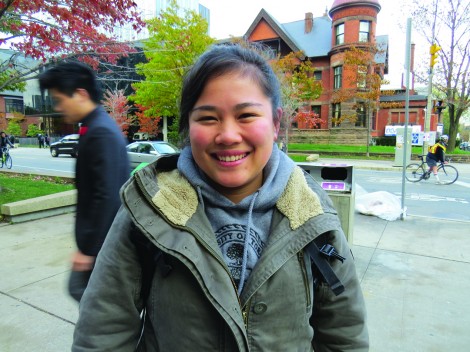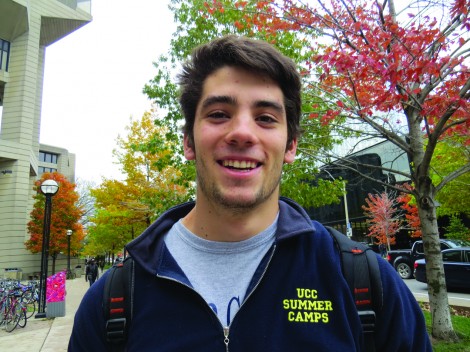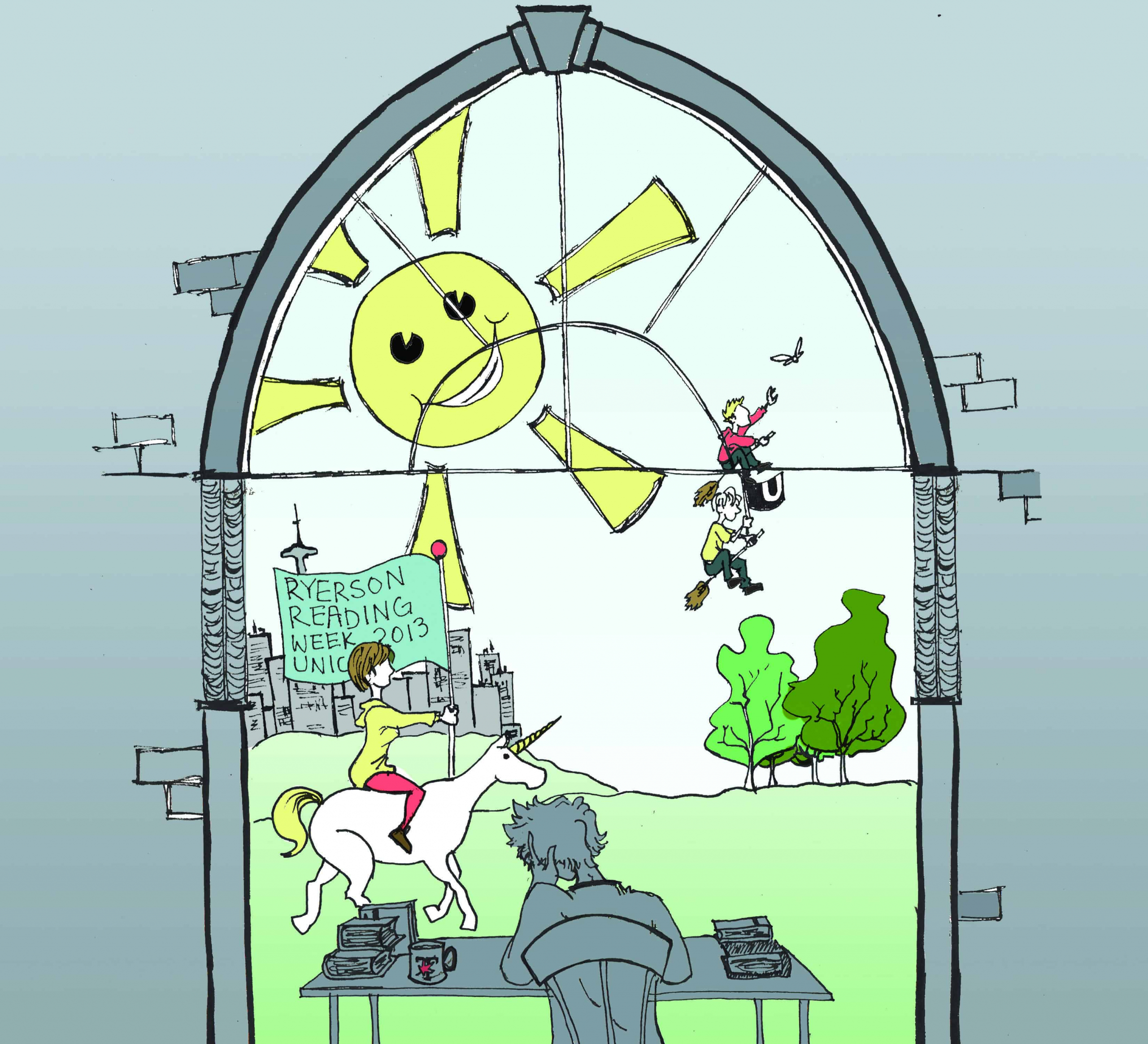This year marks the first year that Carleton University, Brock University, MacMaster University, and Western University will be providing their students with a fall break. The trend of introducing a second break in the school year comes in part from student leaders demanding an additional period of mental rest, similar to the reading week that already exists in the winter term for undergraduate students.

WILLIAM AHN/THE VARSITY
These four universities contribute to a total of 11 out of Ontario’s 20 publicly funded universities that now have the second break. Within the city of Toronto, York University provides three days, and Ryerson University provides a full week . While an increasing number of schools seem to be adopting the concept, the lengths of the breaks vary between universities, and even within U of T’s own three campuses. U of T Mississauga (UTM) has no designated break at all, whereas U of T St. George (UTSG) has a two-day break, and U of T Scarborough (UTSC) receives a four-day break following Thanksgiving Monday.
According to both the University of Toronto administration and the University of Toronto Students’ Union (UTSU), many studies have shown that a fall reading week boosts the morale of students and offers relief from the “pressure cooker” environment of university. For this reason, an increasing number of universities are implementing a fall break. But why not five days instead of just two?
Ali says that the two-day break was created to enhance the student experience, and that two days is enough to achieve a boost in student morale. The two-day fall break originated in 2009, when the university’s administration reformed its previous five-day policy. Dominic Ali, a media representative for the university, stated: “The changes that took place in 2009 allowed students to better prepare for their exams by having more time to meet with professors, review material, or hold study groups. These changes also allowed the summer session to have the same number of instruction weeks as the fall and winter session.” In essence, the university’s argument is that the two-day break is a compromise to allow for mental reprieve and time to catch up on work while aligning the summer, fall, and winter sessions to the same time frame.
The UTSU disagrees with this position, saying that if some schools can reasonably have five-day breaks, so too should the St. George campus. UTSU president Munib Sajjad noted that the university used to have a five-day fall break, but this was changed to a two-day break in 2009, around the same time that many other schools instituted the break in the first place. Sajjad explained that the UTSU believes that: “Part of the reason for this trend is that institutions are realizing how important it is to address mental health issues proactively.”
The UTSU also cites studies that show that a five-day fall reading week would be particularly effective in improving students’ mental health and general happiness. It was, however, unable to provide the specific studies in question.
When asked why UTSG does not have a five-day, Ali did not give a reason, but cited the changes that occurred over the years, saying: “In 2009, a two-day fall break and a two-day December study period were introduced that parallel the breaks in second term, plus a commitment to end the fall/winter session by April 30. Consequently, the April study week has been reduced to a two-day study break.” By implementing a two-day fall break, the administration has therefore cut down the amount of study time available for students in the winter term between the end of classes and the beginning of exams. Ali did not comment on why it was deemed necessary to have a full week break in the winter, but not one for the fall term.
Ali further stated that the Scarborough campus has a longer break because “Academic schedules [sessional dates] are set independently by division, since different departments have different needs and conditions. A few years ago, few schools had fall breaks at all. Schools with longer breaks tend to start earlier or have more compressed exam schedules.”
Representatives of the UTSU find this response inadequate, and feel that it is not unreasonable to expect a five-day reading week for all three campuses at U of T. The union has met with the university this year about the issue, but did not receive a positive response. “The university administrators seem reluctant to consider this option,” stated Sajjad. “If the administration can see how important this is for students on one campus, we are confident we can show them that it is equally important for the other two.”
Streeters
Question: How do you feel about the length of U of T’s mid-term break this year?

Jaskaran | First-year, University College
“We only have two days! I mean, that’s horrible.”

Albert | First-year, St. Michael’s College
“That’s horrible! I have two mid terms right after”

Jo Anne | Grad Student, OISE
“I think it should be at least a week (because) we have a week in the spring.”

Chris | First-year, University College
“I’m satisfied with a two-day break, maybe three days.”


